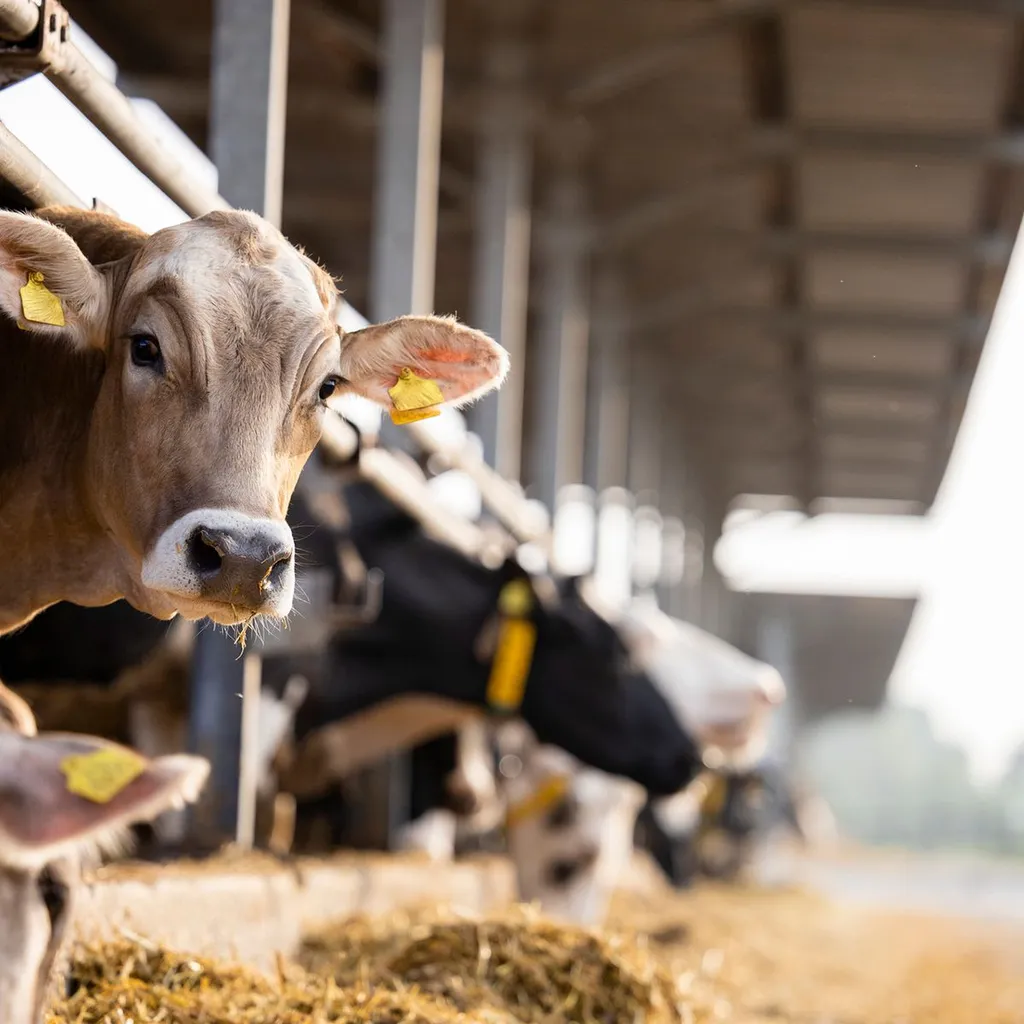In a world where pandemics can emerge from the most unexpected corners, a recent study published in the Journal of Virology, titled “Pandemic risk stemming from the bovine H5N1 outbreak: an account of the knowns and unknowns,” sheds light on a novel animal-human interface that has sparked concern among public health agencies. The study, led by Anice C. Lowen from the Department of Microbiology and Immunology at Emory University School of Medicine, delves into the recent introduction of H5N1 viruses into dairy cattle in the United States, a development that has raised questions about the potential for a pandemic.
The H5N1 subtype of influenza A viruses has long been a pandemic concern, with hundreds of human cases documented worldwide since 2003. However, the recent expansion of these viruses into dairy cattle has created a new dynamic. “The introduction of H5N1 viruses into dairy cattle has spawned a novel animal-human interface,” Lowen explains. This interface has prompted public health agencies to evaluate the risk of an H5N1 pandemic stemming from the bovine outbreak.
The study highlights the importance of understanding the processes that drive pandemic emergence and the availability of relevant data. “Advancing this understanding and gathering data prior to and during an outbreak are primary missions of the NIAID Centers of Excellence for Influenza Research and Response (CEIRR) Network,” Lowen notes. The CEIRR Network plays a crucial role in preparing for and responding to influenza outbreaks, and this study underscores the need for continued vigilance and research.
The commercial impacts of such a pandemic could be significant, particularly for the energy sector. A widespread outbreak could disrupt supply chains, affect workforce availability, and potentially lead to economic instability. Understanding the risks and preparing for potential outbreaks is not just a public health imperative but also a commercial necessity.
The study identifies gaps in understanding the dairy cattle outbreak and constraints on efforts to close these gaps. It calls for an invigorated response across US agencies to better prepare for and mitigate the risks associated with the H5N1 outbreak. “This research shapes future developments in the field by highlighting the need for comprehensive data collection and analysis,” Lowen says. “It also emphasizes the importance of interdisciplinary collaboration in addressing complex public health challenges.”
As we navigate an increasingly interconnected world, the threat of pandemics looms large. This study serves as a reminder of the importance of proactive research and preparedness. By understanding the risks and taking steps to mitigate them, we can better protect both public health and the economic stability of sectors like energy. The insights gleaned from this research will undoubtedly shape future developments in the field, ensuring that we are better prepared for whatever challenges lie ahead.

